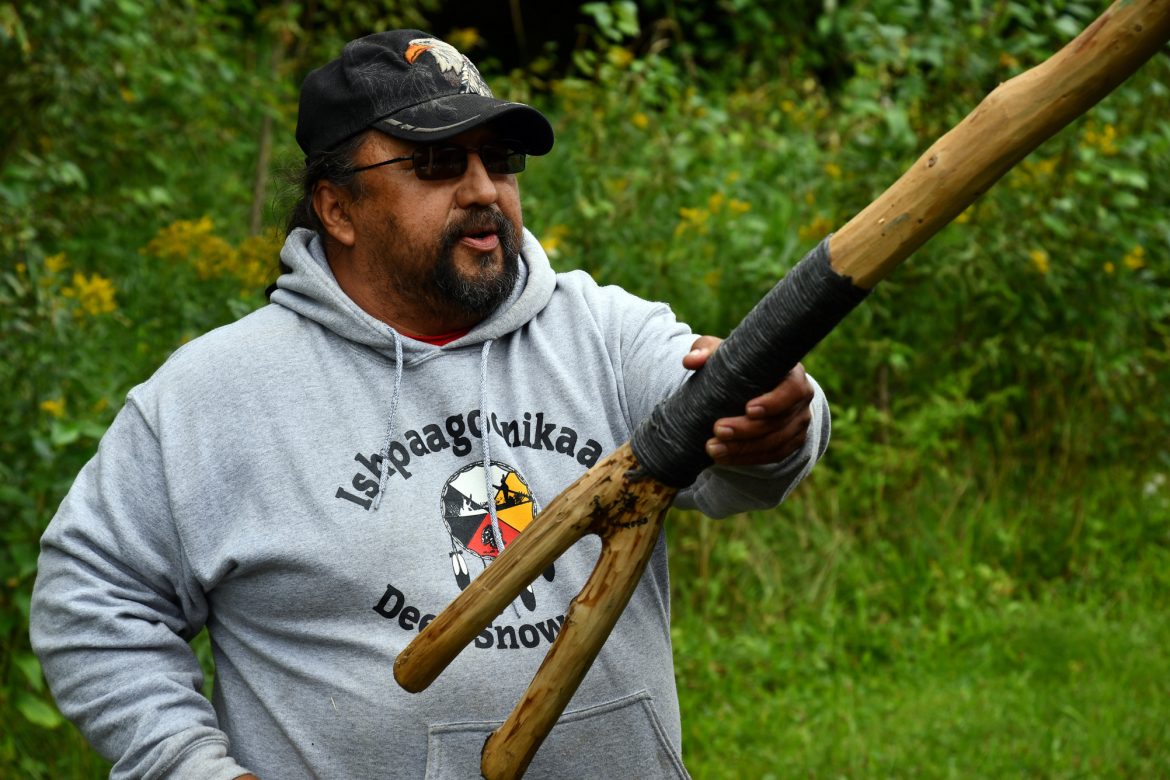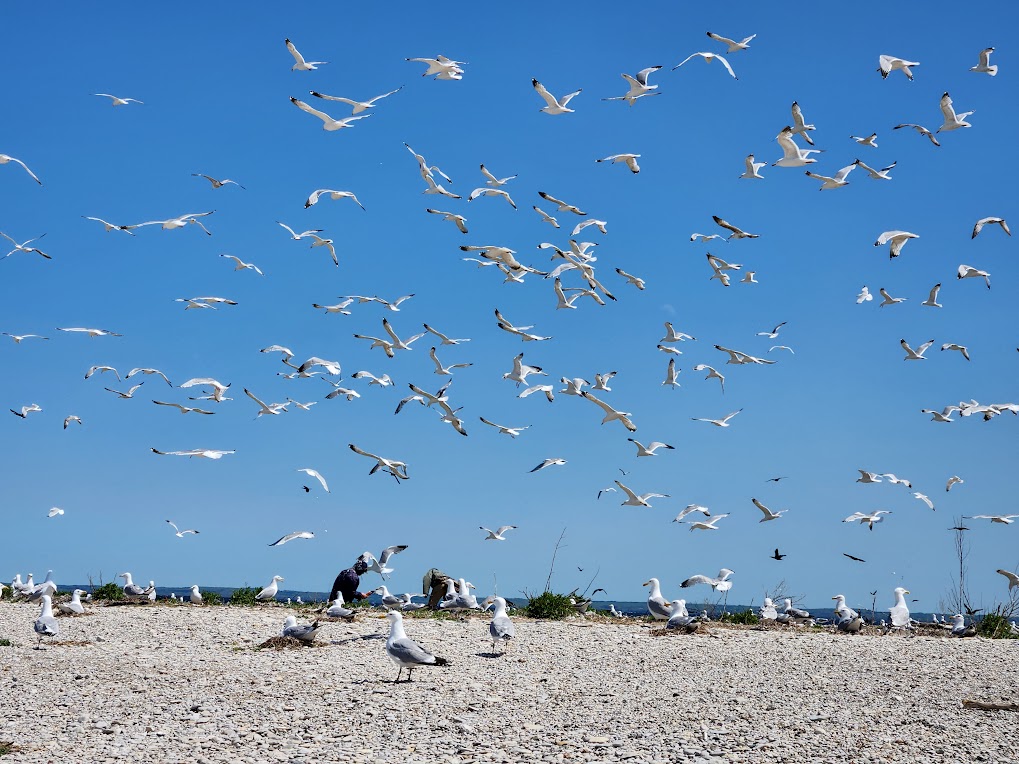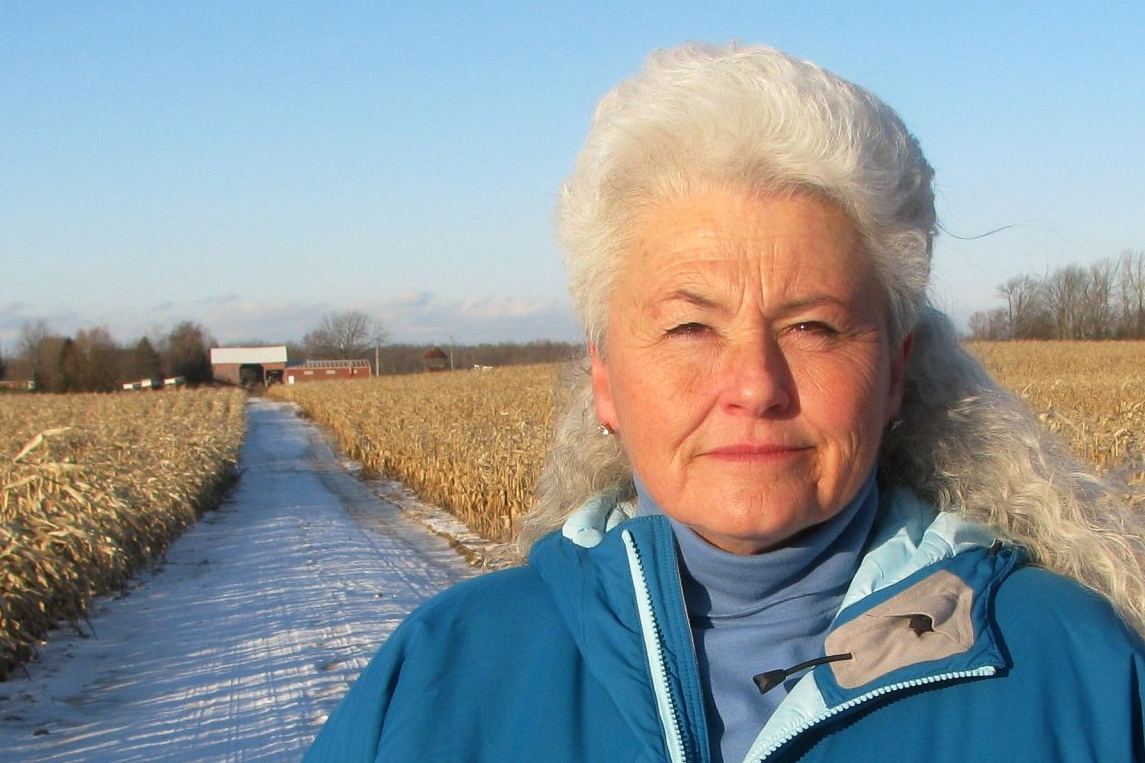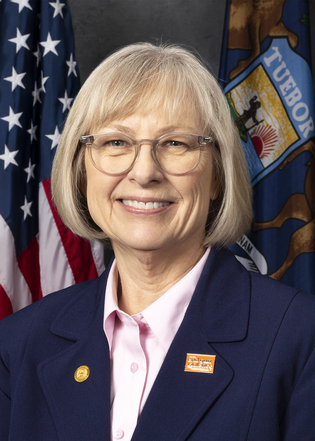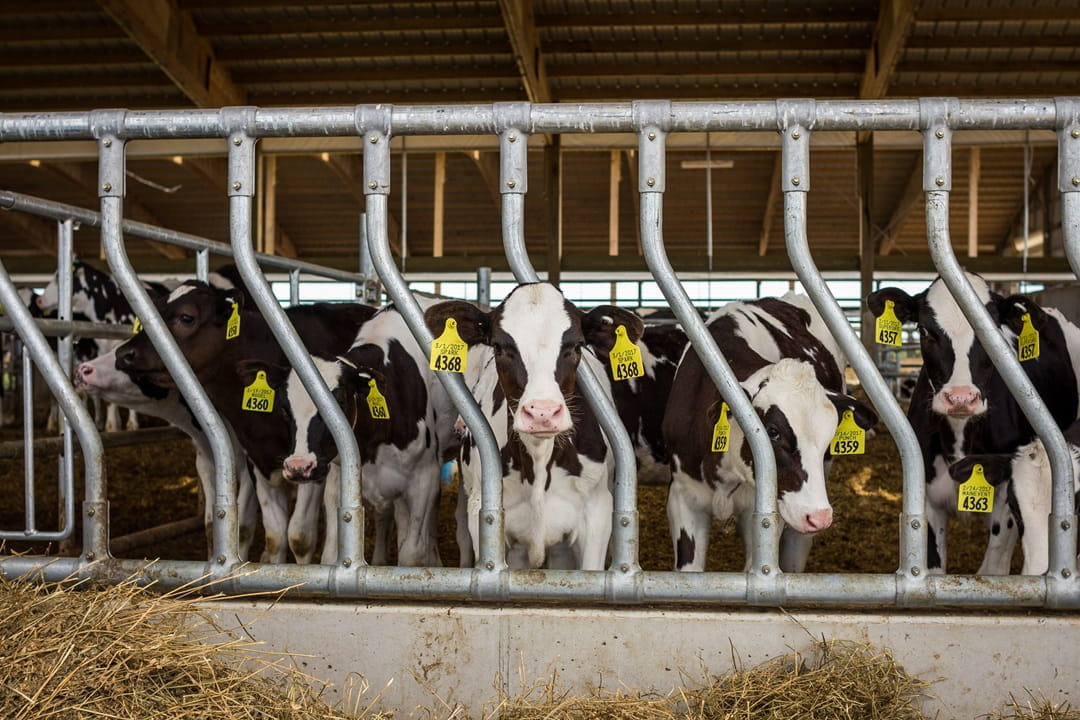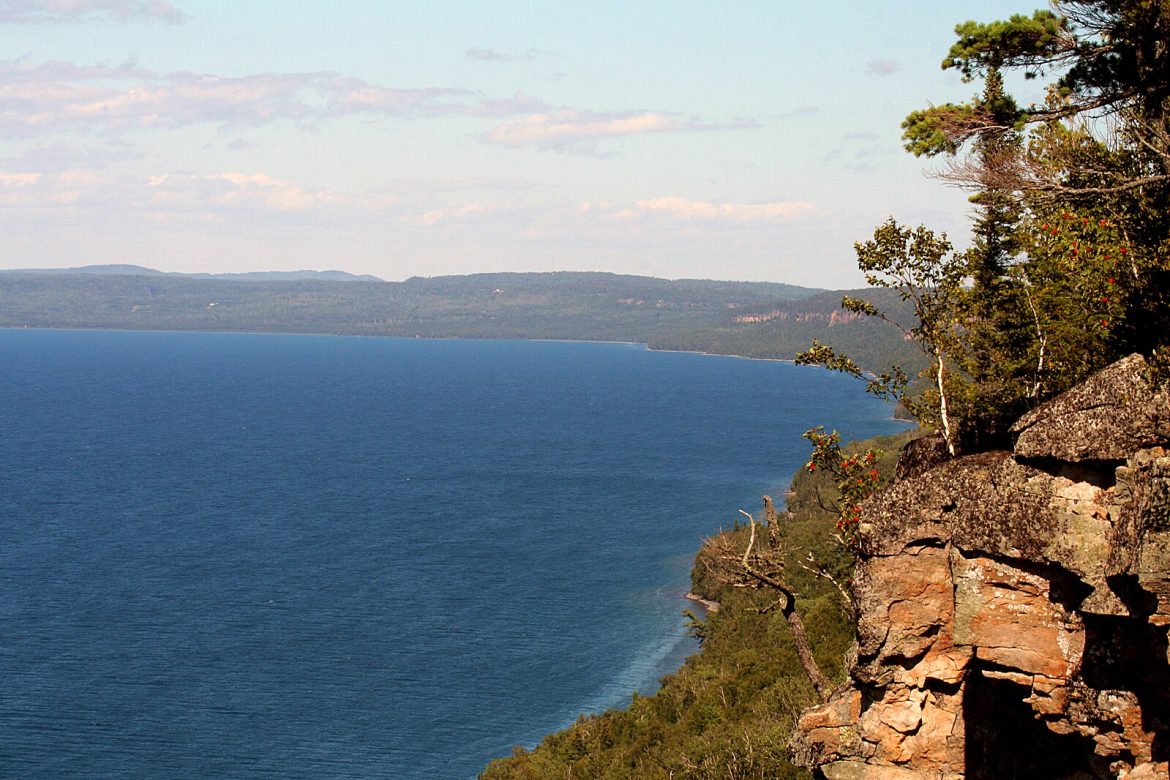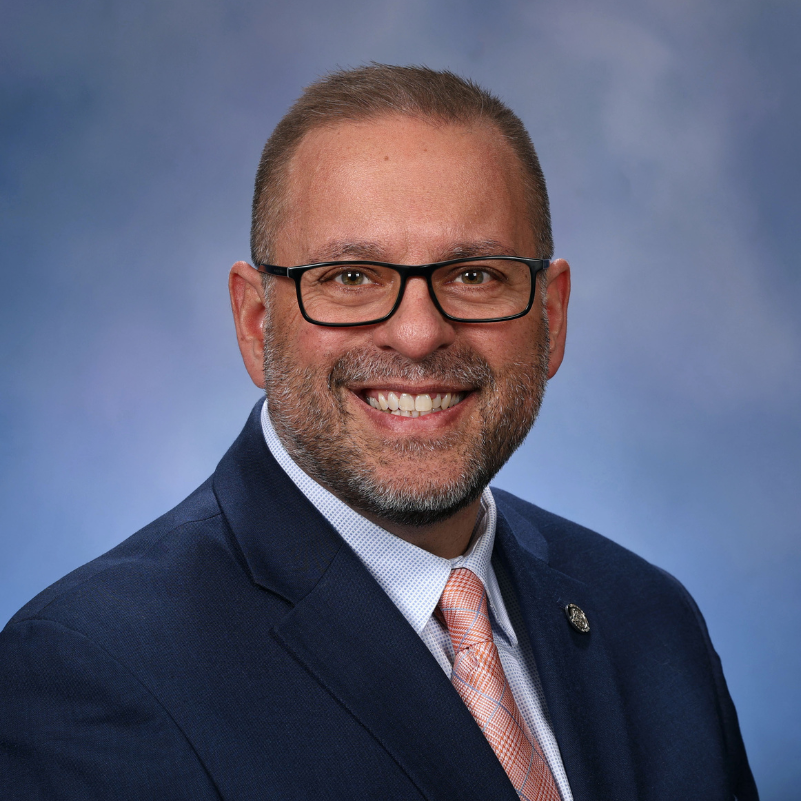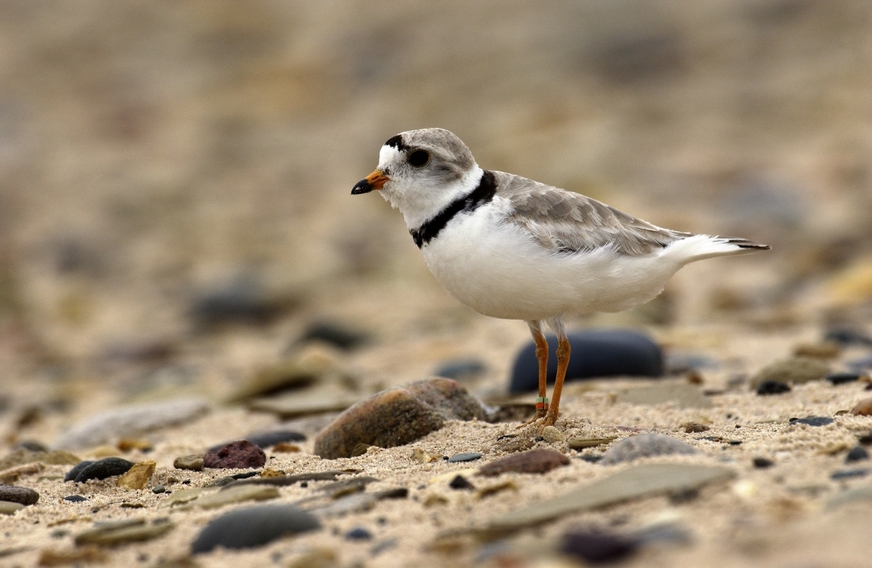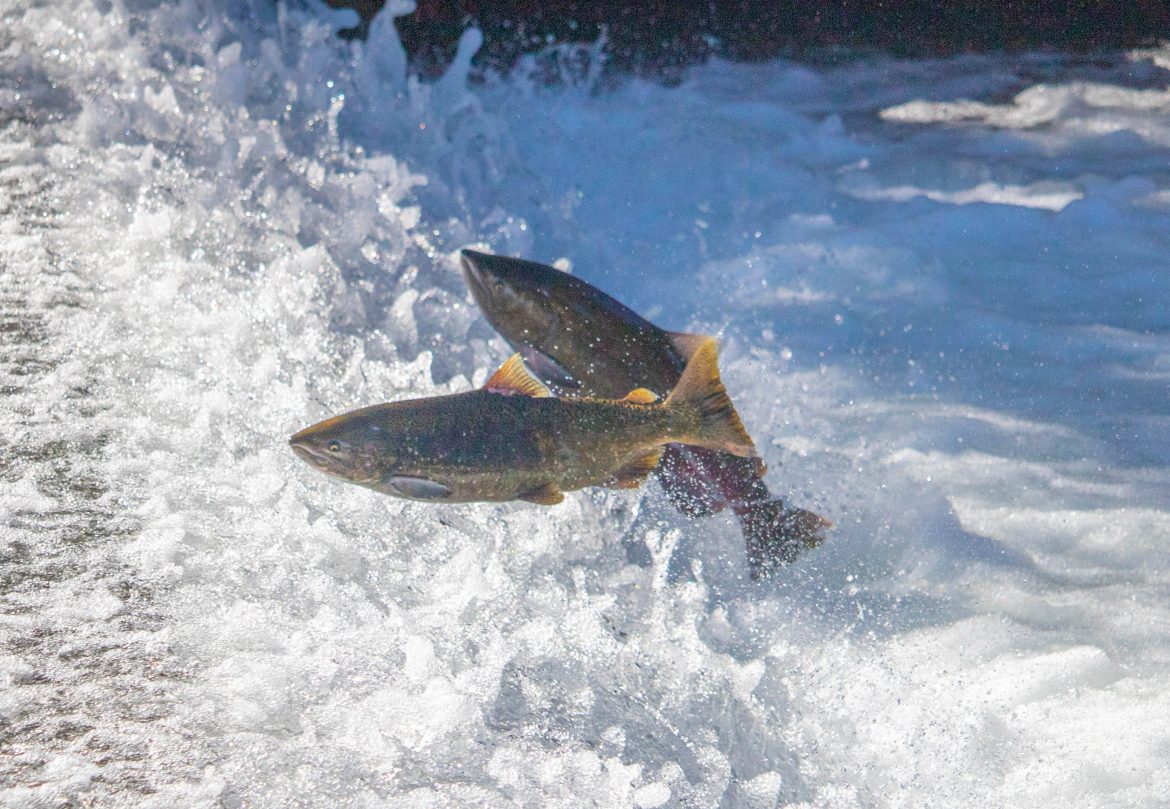Land
‘Forest-to-table’: Rural, Indigenous communities rely on forests for food, medicine and cultural values, research shows
|
By Victoria Witke
When Roger LaBine was younger, he often drove his grandfather to the Ottawa National Forest to hunt porcupines for food and more, including birch bark-and quill baskets He’s a member of the Lac Vieux Desert Band of Lake Superior Chippewa Indians. A notable proportion of the population relies on public forests for food, and Michigan ranked third in a new study in the amount of wild meat hunted on public lands.
